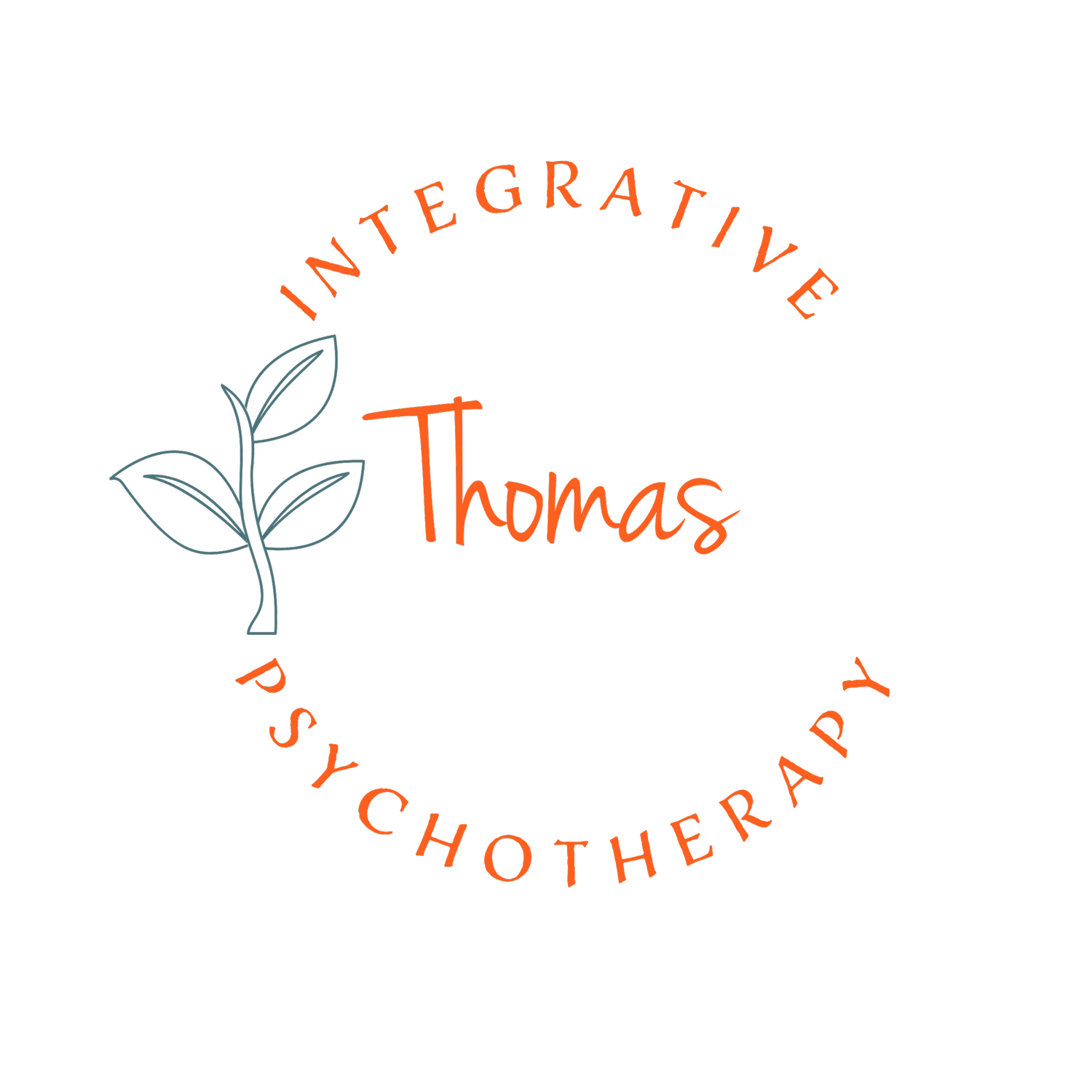
Depression & Anxiety
Mental Health
Does It Feel Like You're Losing Energy for Life?
If you're finding it difficult to find the energy for things you once enjoyed, you're not alone. When day-to-day tasks feel overwhelming, your mind can be flooded with anxiety and depression. Anxiety might tell you that something is wrong, and depression can convince you that nothing will ever change. You might feel a heavy body, a tight chest, and a racing mind.
But you deserve more than just coping skills. You deserve to understand why you feel this way, learn who you truly are, and grow to love yourself. Change is possible, and the energy you've been missing is within your reach. Emotions are messages, and together we will listen to find the path that leads to your healing.
Our Integrative Approach to Healing
We practice Integrative Therapy, a holistic and individualized approach that combines techniques from different therapeutic models to care for your whole self. Your therapist will collaborate with you to create a personalized plan that fits your unique needs.
